PROTECT YOUR DNA WITH QUANTUM TECHNOLOGY
Orgo-Life the new way to the future Advertising by AdpathwayThe fall season is one of the year’s most beautiful times. Leaves change their hues before falling to the ground, and fall-flowering wildflowers erupt into bloom at the end of summer. The summer garden turns into a wondrous sight as the weather cools, starting in September.
By planting color-changing perennials throughout your yard, you’ll create a stunning presentation that shifts through the seasons. The garden won’t stay static; it’ll change, just like nature does. You’ll have to walk through it daily just to notice the differences!
Planning for the year is the best way to create a pleasing garden design. Plan for the fall, but also think of spring, summer, and winter. There’s no end to the possibilities!
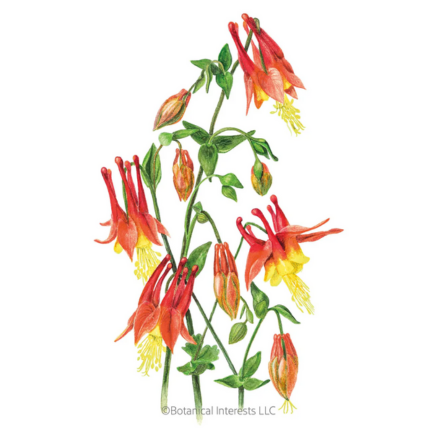
Eastern Red Columbine Seeds
Rocky Mountain Blue Columbine

Rocky Mountain Blue Columbine Seeds
McKana Giants Blend Columbine

McKana Giants Blend Columbine Seeds
Woody Plants
There are two types of perennials, woody plants and herbaceous perennials. Woody plants have branches, and, depending on where they grow, their foliage is evergreen or deciduous. Some are small shrubs, while others are towering trees that need plenty of space to grow.
Ash ‘Raywood’
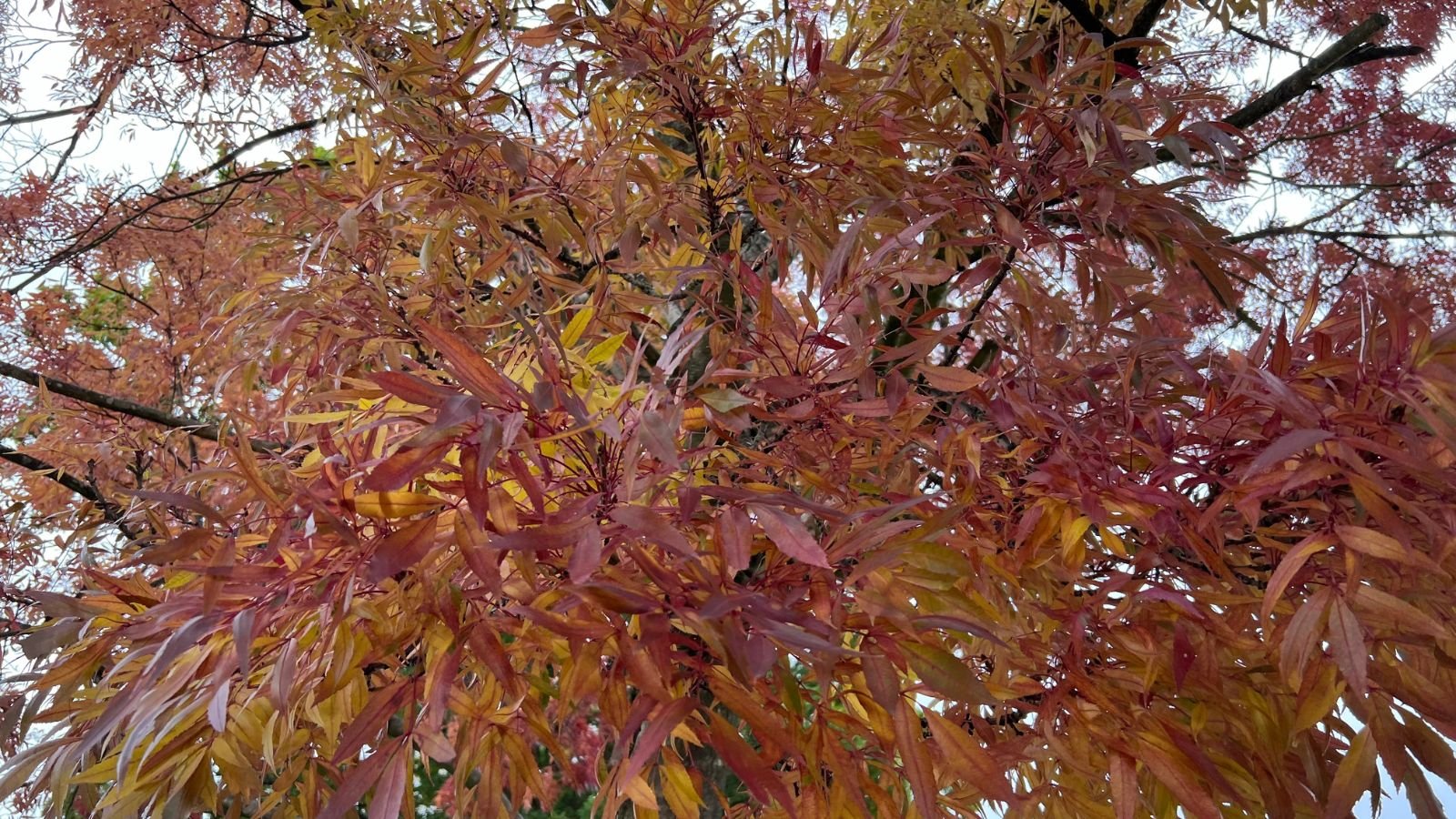 Leaves are a light green color and change to dark green in summer.
Leaves are a light green color and change to dark green in summer.‘Raywood’ ash features purple foliage unlike any other you’ve seen before! Its leaves are compound and lacy, and they look stunning en masse. They emerge with a soft, light green color and change to dark green for summer. In autumn, the forest green color changes to royal purple-maroon.
This color-changing perennial tends to stay under 50 feet tall, though it can reach up to 80 feet. It’s a large specimen that needs lots of space. Many cities use it as a street tree, and it works well as a focal point in open home landscapes.
Barberry ‘Rose Glow’
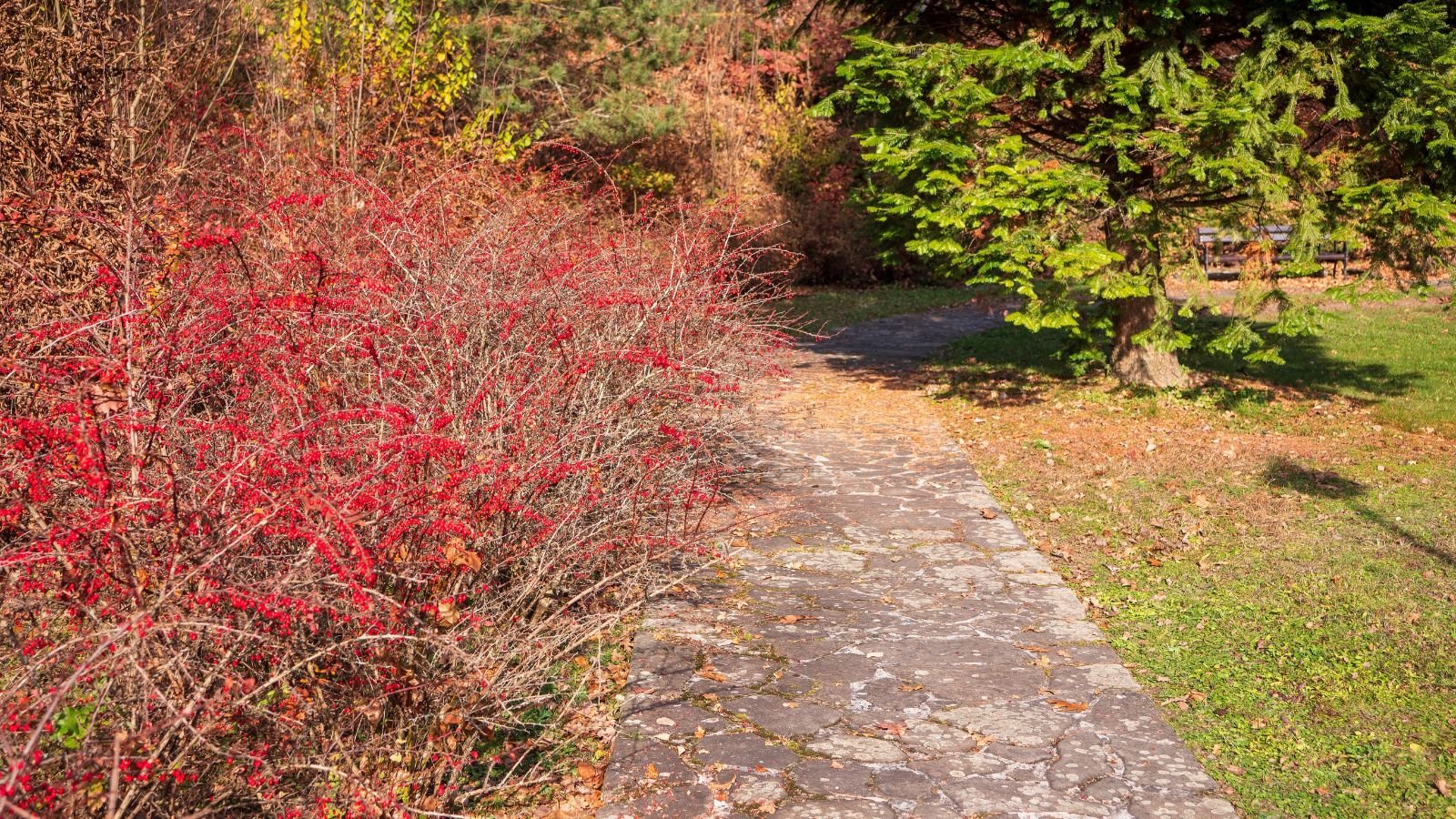 Leaves turn solid purple-maroon as they age.
Leaves turn solid purple-maroon as they age.Barberries are iconic, longtime garden favorites. They feature spiny, woody stems, small oval leaves, and color-changing foliage. There are dozens of varieties to choose from, and ‘Rose Glow’ is one of the best!
‘Rose Glow’ barberries feature reddish leaves with creamy splashes of white-pink variegation in spring. These color-changing perennials turn solid purple-maroon as they age from the summer through fall. Watch for the small yellow blooms that appear with new growth in the spring.
Dawn Redwood
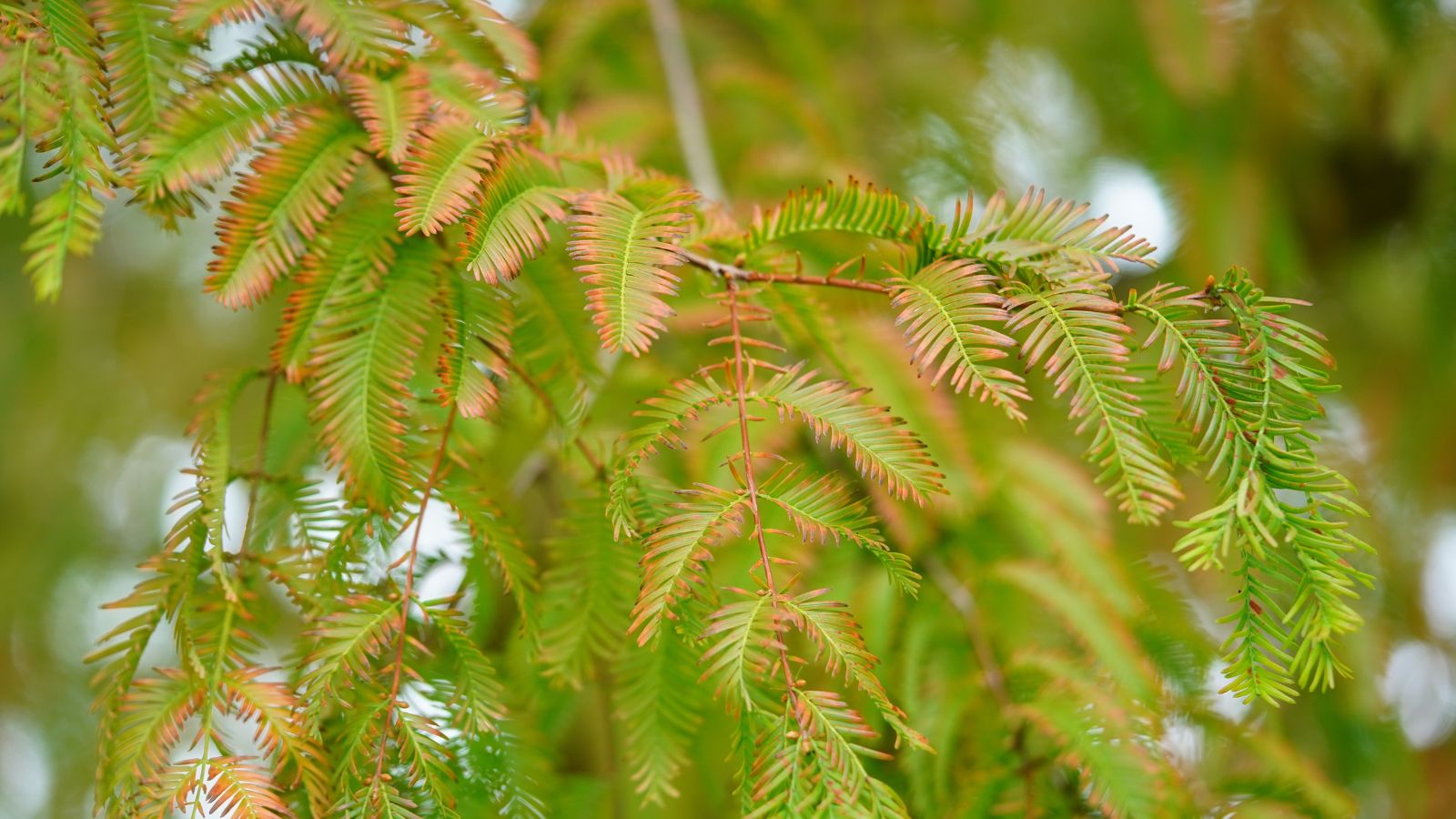 Green leaves turn coppery red.
Green leaves turn coppery red. Dawn redwoods are unique among color-changing perennials. They’re conifers, but they’re deciduous! Their leaves emerge light green and shift to a darker color as they age. Then, in the fall, they turn coppery red before falling to the ground.
After the leaves fall, they reveal intricately fissured bark on the trunk. With color-changing foliage and textured bark, the dawn redwood is an exceptional woody perennial for large gardens.
Eastern Redbud ‘Forest Pansy’
 The gorgeous purple foliage adds drama.
The gorgeous purple foliage adds drama. Redbuds are gorgeous trees with red buds that bloom from their bare branches, hence their name! ‘Forest Pansy’ is one of the most alluring of the cultivated varieties. Enjoy its soft, heart-shaped leaves. They emerge green-purple and shift to maroon through the growing season.
In autumn, watch the foliage change from purple to red, orange, and bronze. With color-changing leaves, pink blooms, and a short stature, these trees are iconic in home gardens.
Full Moon Maple ‘Aureum’
 As the cool of fall arrives, leaves shift from golden to orange-red.
As the cool of fall arrives, leaves shift from golden to orange-red.Full moon maples are similar to Japanese maples. They’re small trees with hand-shaped leaves and intricately curving branches. ‘Aureum’ is one of the best cultivars for gardeners looking for color-changing perennials.
‘Aureum’ full moon maple features sunshine-yellow foliage with red tinges. As the cool of fall arrives, it shifts from golden to orange-red. Plant it in the shade garden to brighten the space.
Hybrid Witch Hazel
 Leaves and flowers both change color with the seasons.
Leaves and flowers both change color with the seasons. Hybrid witch hazels are perfect for the ornamental garden. They’re one of the first perennials to bloom in late winter, and their blooms have a distinct, astringent fragrance.
Hybrid witch hazels have a range of bloom colors, from dark purple to bright yellow. The leaves are similarly varied depending on the cultivar you choose. Some have yellow fall color, while others turn red or orange.
Katsura Tree
 Unique foliage starts out purple and matures to green.
Unique foliage starts out purple and matures to green. Katsura trees resemble redbuds. They have heart-shaped leaves that shift hues through the seasons. The foliage emerges a light purple before shifting to blue-green for the summer. In autumn, watch it turn various shades of orange, red, and gold.
Katsuras are large, wide-reaching, color-changing perennials. They need plenty of space to mature. Train them to a single trunk by pruning the low-growing suckers, or let the suckers grow to form multi-trunk trees.
Quaking Aspen
 Trees lose their leaves in the fall.
Trees lose their leaves in the fall. Quaking aspens have the widest distribution of any North American tree! They’re iconic landmarks of the U.S., and they grow differently from most species. They sprout new trunks from their roots. Over time, the roots spread to form quaking aspen supercolonies.
These color-changing perennials are deciduous, losing their leaves in the fall and sprouting new ones in spring. The foliage emerges a lush green, and the leaves’ undersides are pale white; they’ll change to yellow in autumn. Some trees may have red or orange-colored foliage that stands out amongst the others.
When the leaves “quake” in the wind, they make a pleasing sound akin to sheets of paper rubbing together. Plant a single aspen clump in the front yard, or use a stand of them to form a living fence.
Sawleaf Zelkova
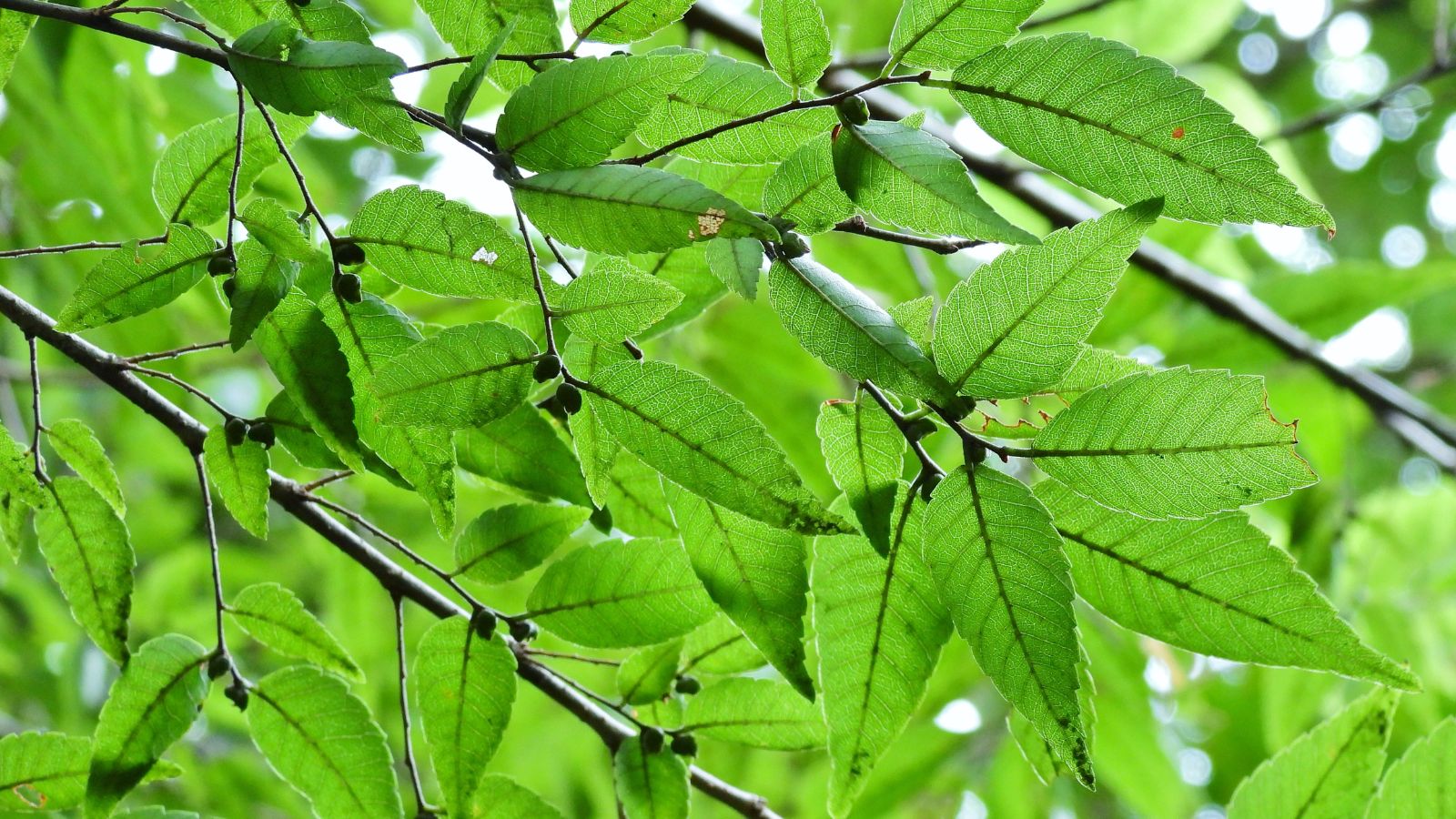 They have attractive, peeling bark and non-showy flowers.
They have attractive, peeling bark and non-showy flowers.The primary feature of sawleaf zelkovas is their divided leaves that shift colors through the seasons. They grow from large, towering branches that weave and curve in the canopy. They’re native to eastern Asia, though they perform well in the U.S.
Zelkovas also have attractive, peeling bark and non-showy flowers and seed pods. They’re easy to prune and maintain, making them excellent color-changing perennials for the home garden.
Sourwood
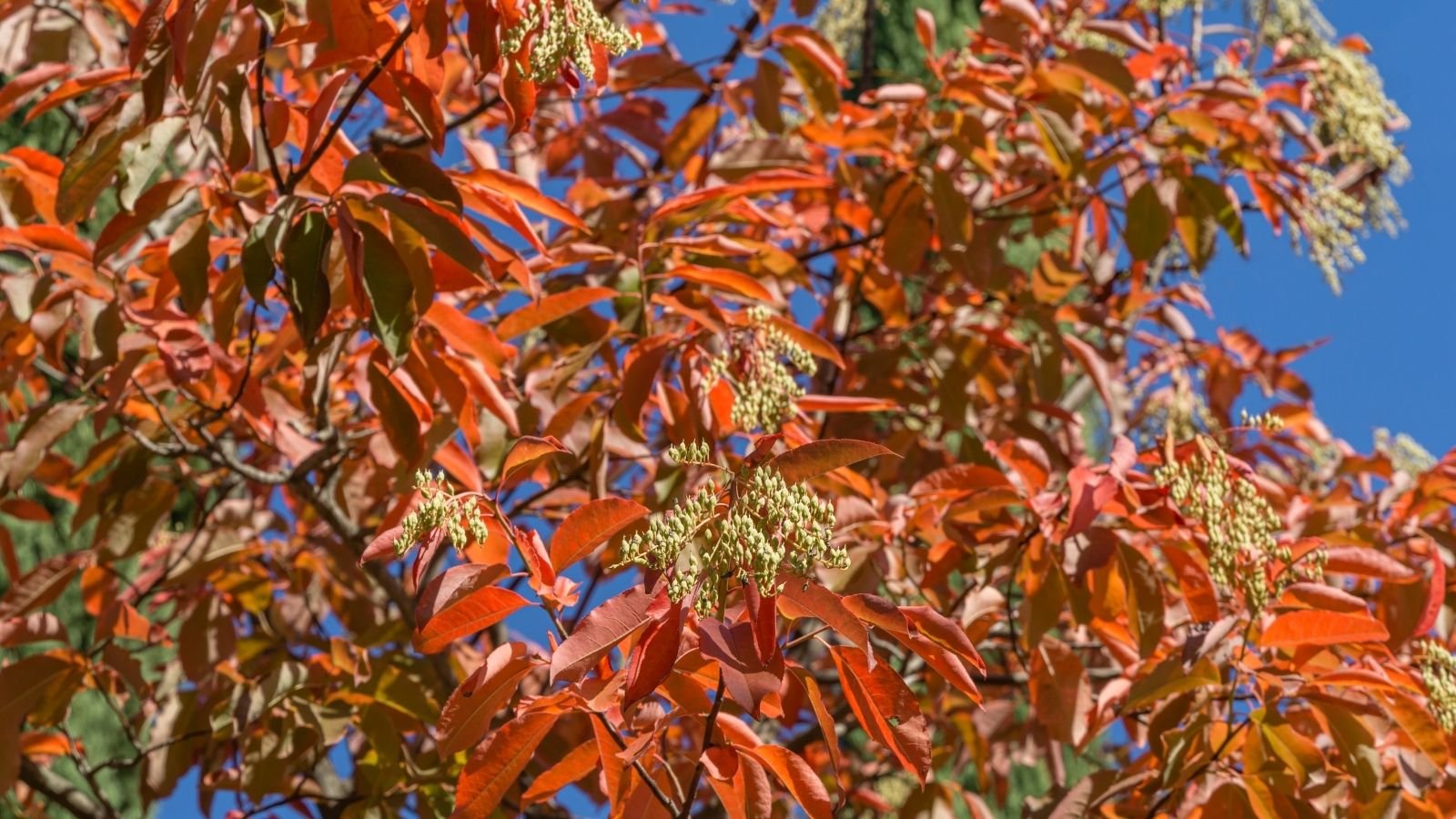 Leaves shift to reddish purple in fall.
Leaves shift to reddish purple in fall. Sourwoods are shade-tolerant U.S. native trees! They work well in the understory of larger specimens, like silver maples and pine trees. These deciduous perennials stand out in the landscape with their colorful foliage and bell-shaped flowers.
The blooms will attract pollinators, while the leaves will attract garden onlookers! They’re green for most of the year. Then, in autumn, they shift to red, purple, and orange.
Vine Maple
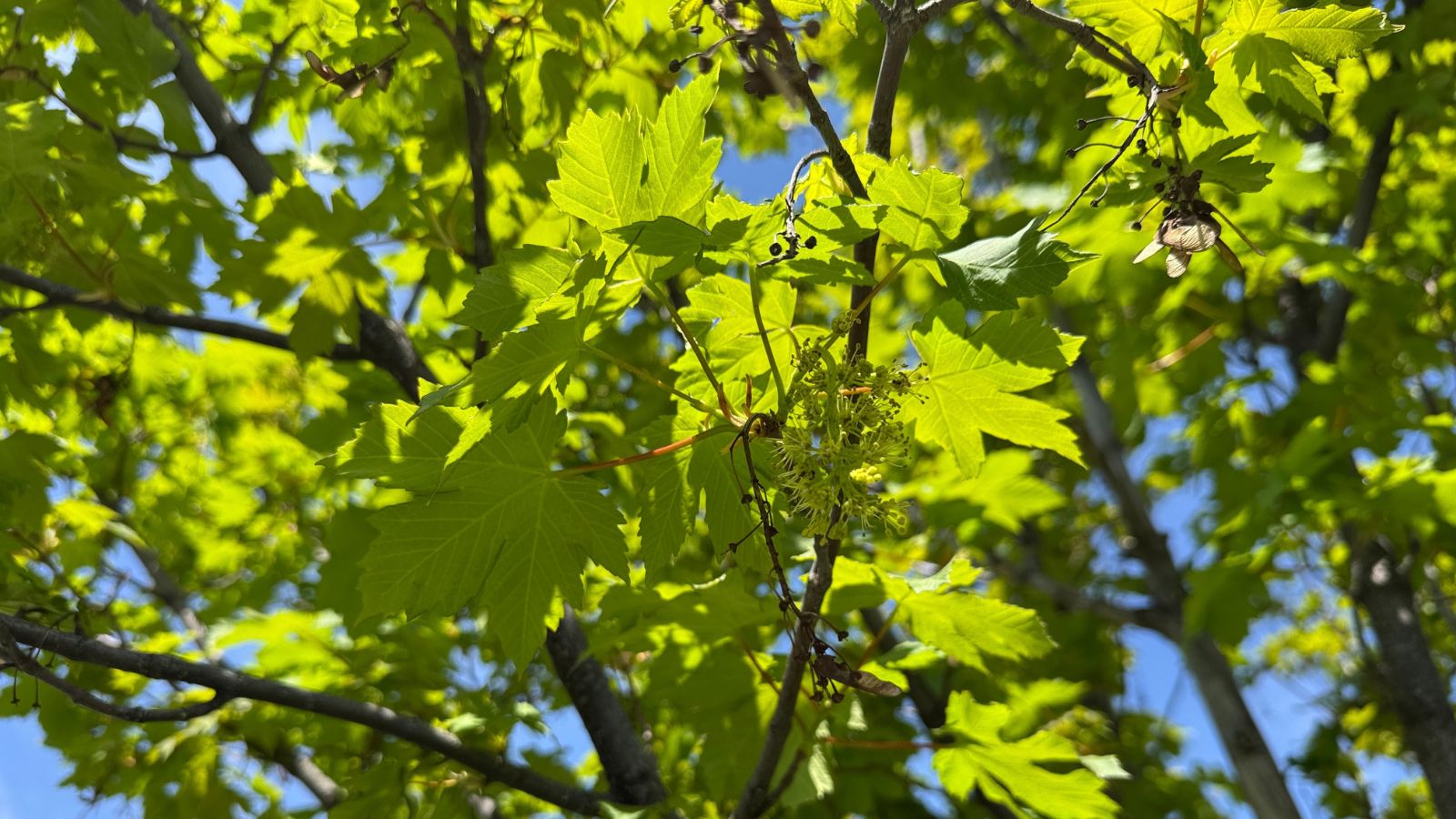 Foliage shifts from green to red, purple, and yellow in autumn.
Foliage shifts from green to red, purple, and yellow in autumn.Vine maples are also native to the U.S.! They’re exceptional color-changing perennials that grow wild from British Columbia south to California. Their bark, leaves, and seed pods are incredibly colorful.
In spring, green maple leaves emerge from the green branches. The branches reach far and wide in the shade and up in the sun. The foliage shifts from green to red, purple, and yellow in autumn.
Weeping Larch
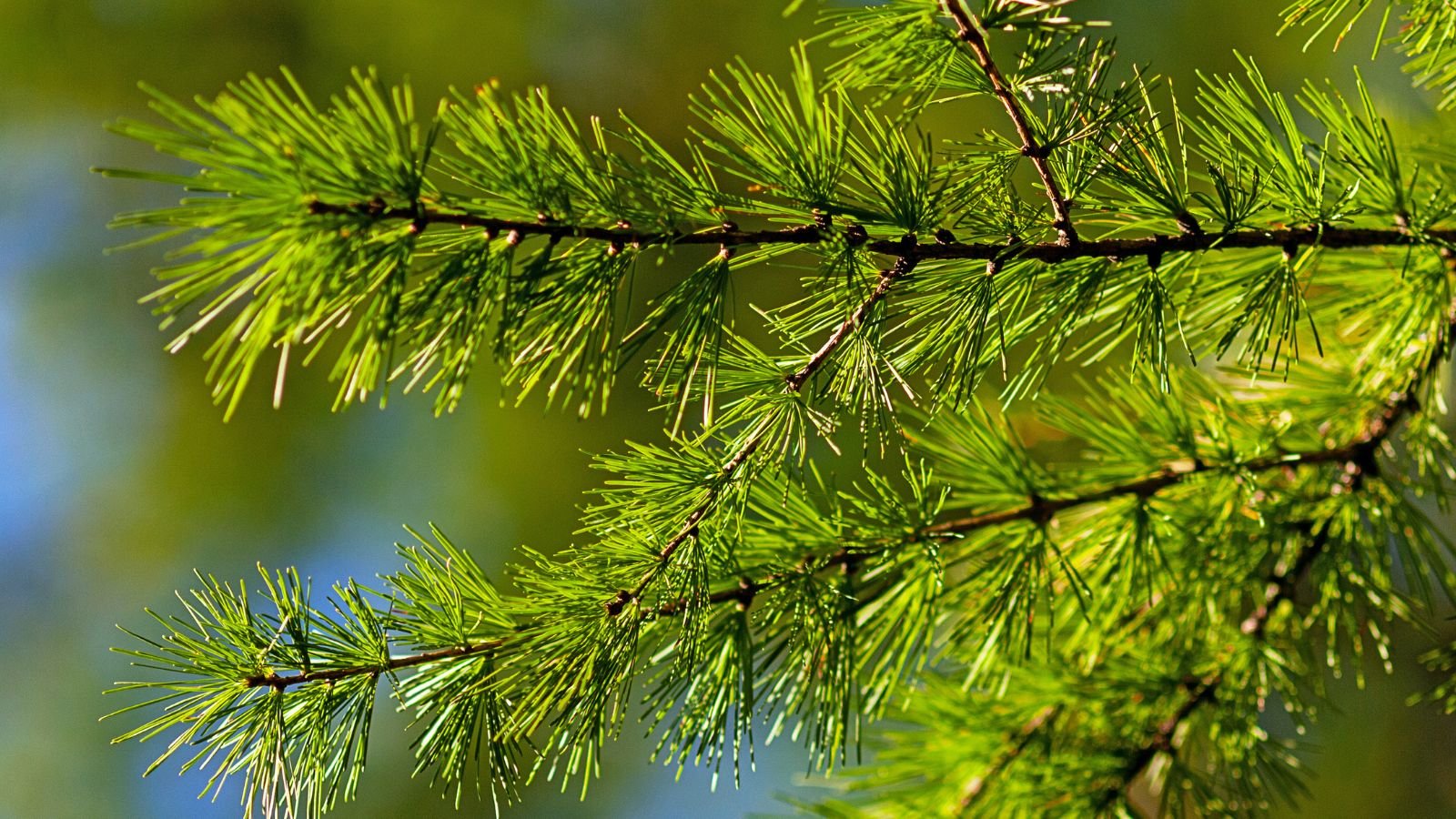 The canopy turns yellow before falling to the ground by winter.
The canopy turns yellow before falling to the ground by winter. Pendulous branches with deciduous green needles adorn weeping larches. This cultivar features downward-growing limbs that need staking to stay upright. Train it on a fence, or have it cascade over an arbor.
Larches, like dawn redwoods, are unusual conifers. Their leafy canopy turns yellow in autumn before falling to the ground by winter.
Herbaceous Perennials
Unlike woody perennials, herbaceous perennials lack aboveground stems that persist in the winter. Most die to the ground in cold-winter regions, while others are evergreen in warm zones.
While they lack woody stems, these plants often have elegant blooms with various hues, structures, and fragrances. Herbaceous perennials’ foliage typically isn’t as showy as trees and shrubs, but these plants defy the stereotype!
Arkansas Blue Star
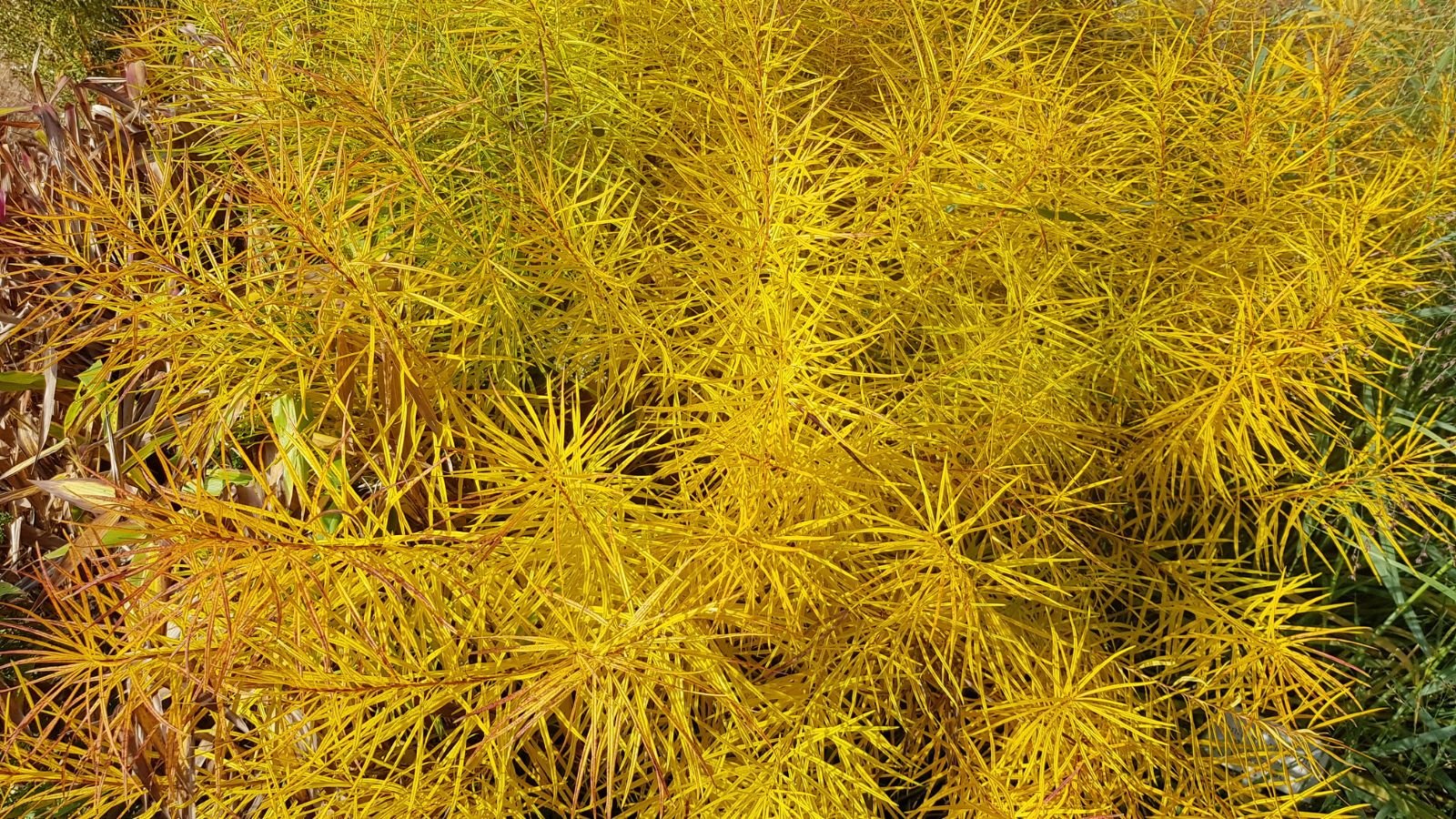 The lush, green needles turn bright golden yellow.
The lush, green needles turn bright golden yellow.Blue stars are famous for their color-changing foliage, and the Arkansas blue star is one of the best species. It’s native to the eastern U.S., growing wild in mountainous regions of Arkansas and Oklahoma.
This spreading color-changing perennial forms a blanket of upright stems that covers the ground. The leaves are needle-like and fine, and they’re soft to the touch. In the fall, the lush green needles turn bright golden yellow.
Autumn Fern
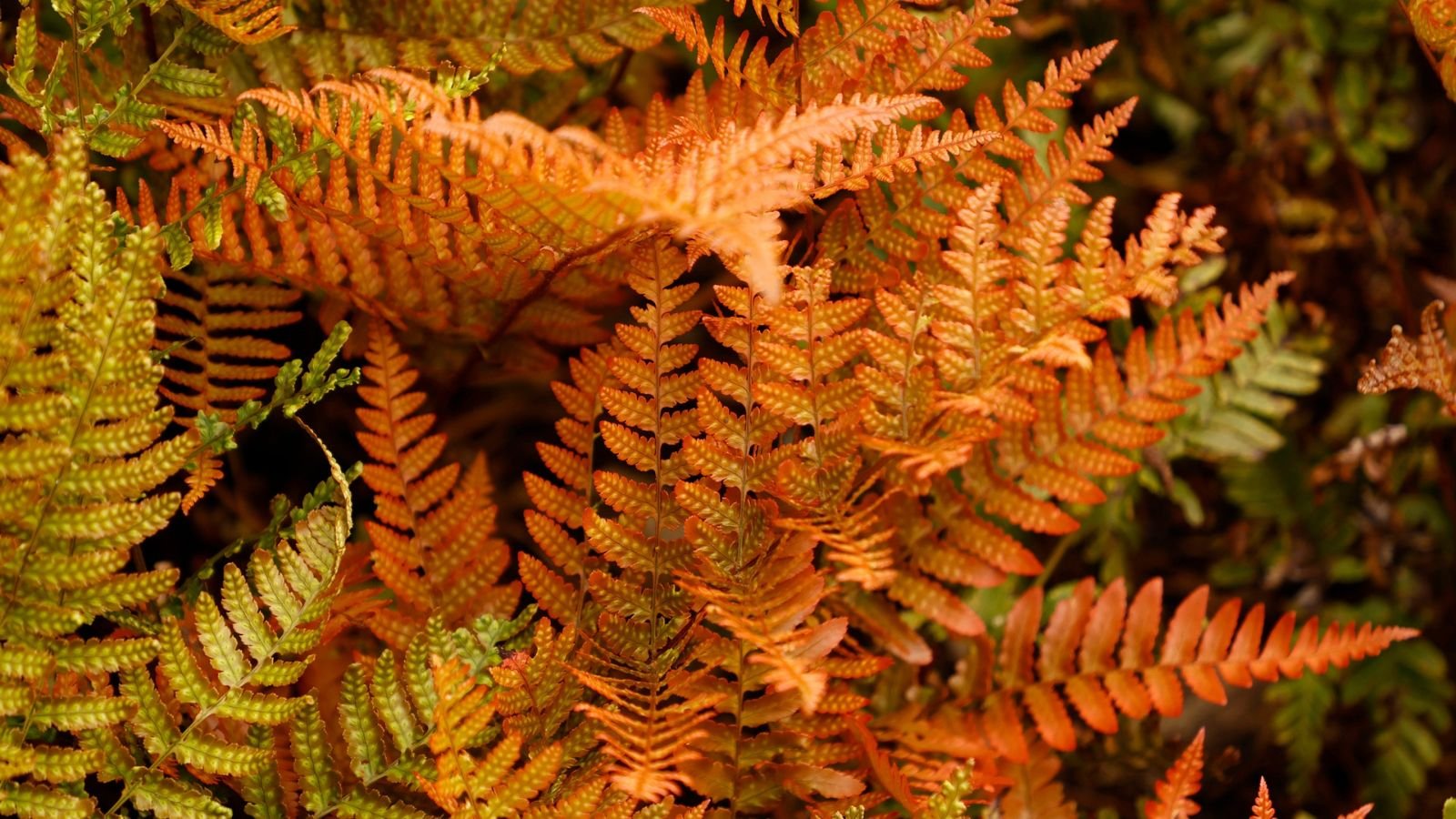 Pull up unruly sprouts to prevent spread.
Pull up unruly sprouts to prevent spread.Autumn fern, or Japanese shield fern, is a deciduous perennial that sprouts new growth in spring. The fresh sprouts are bright red-orange, and they shift to green over time.
A creeping fern, this species will spread over time with rooting, underground rhizomes to form vast colonies. Pull up any unruly sprouts to prevent the spread, or let them grow and fill the space.
Barrenwort
 Look for cultivars with colors that match your space.
Look for cultivars with colors that match your space. Barrenworts, or bishop’s hats, are favorites of many perennial gardeners! They feature dainty, heart-shaped leaves, and some have intricate patterning on them. Their flowers resemble bishops’ hats, and different varieties offer a plethora of colorful options to choose from.
Try ‘Rubrum,’ as it’s one of the most incredible barrenwort cultivars. Its spring leaves emerge green with maroon tinges. They turn red-maroon again as summer ends and chilly weather arrives.
Bloodred Geranium
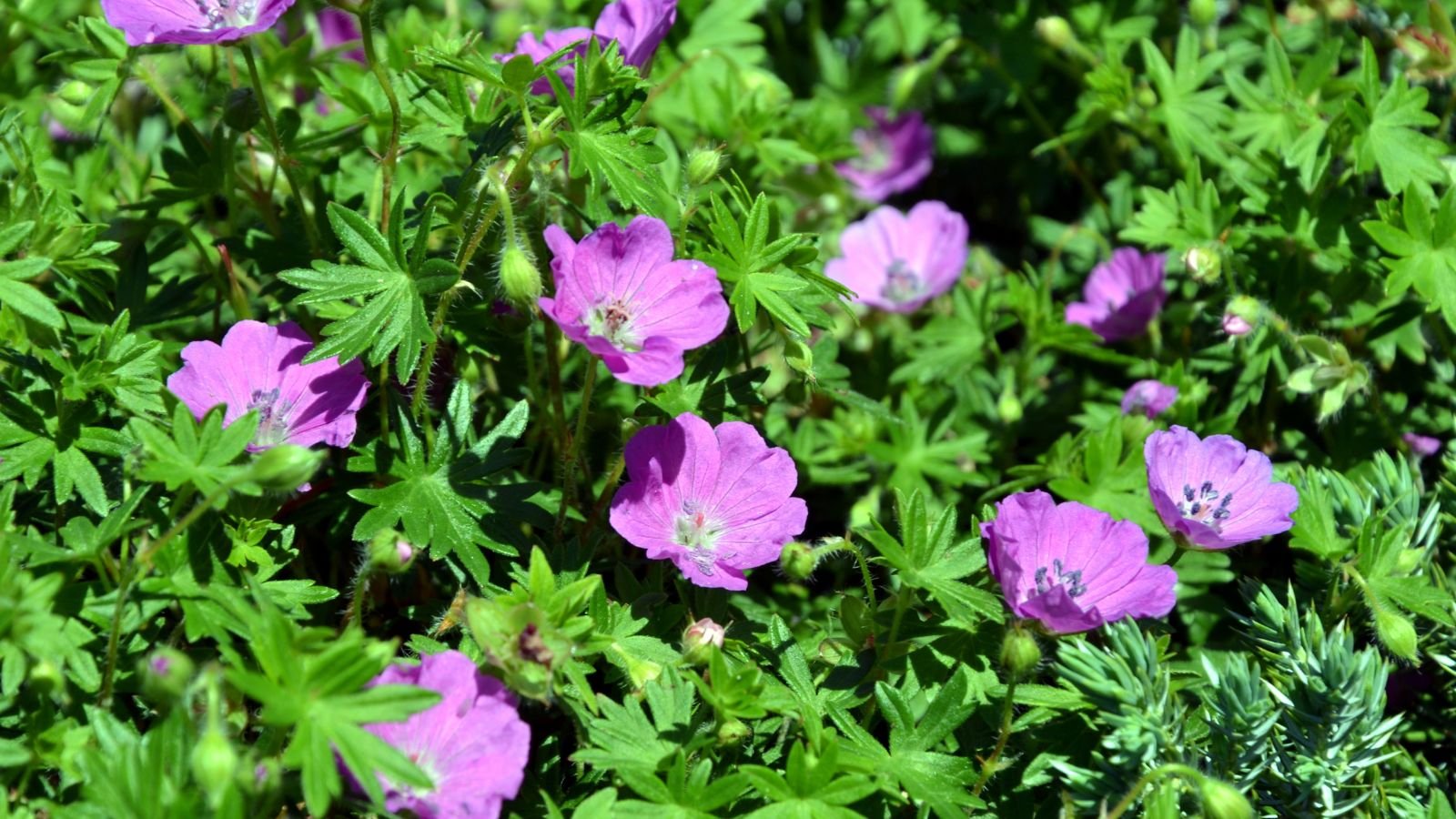 These leaves change color as temperatures drop.
These leaves change color as temperatures drop.Bloodred geranium earns its unique name from the tendency of its leaves to turn bright red in response to frost. Enjoy its hot pink blossoms in the spring and beaked seed pods in the summer.
Bloodred geranium is an ideal color-changing perennial. It’s not native to the U.S., but it’s also not invasive. It tends to form small clumps that reappear after the weather warms in late winter.
Columbine
 Different species may turn orange, red, or brown in the fall.
Different species may turn orange, red, or brown in the fall.Columbines are incredibly varied! Some have navy blue and white petals for a soft display, while others are fiery red and sunshine yellow. Many are native to North America, and there’s likely one that’s endemic to your region.
Try the eastern red columbine, western red columbine, or the Rocky Mountain blue columbine. The different species may turn orange, red, or brown in the fall. Dozens of other hybrids and less common columbines are available for gardeners in various regions of North America.
Hosta
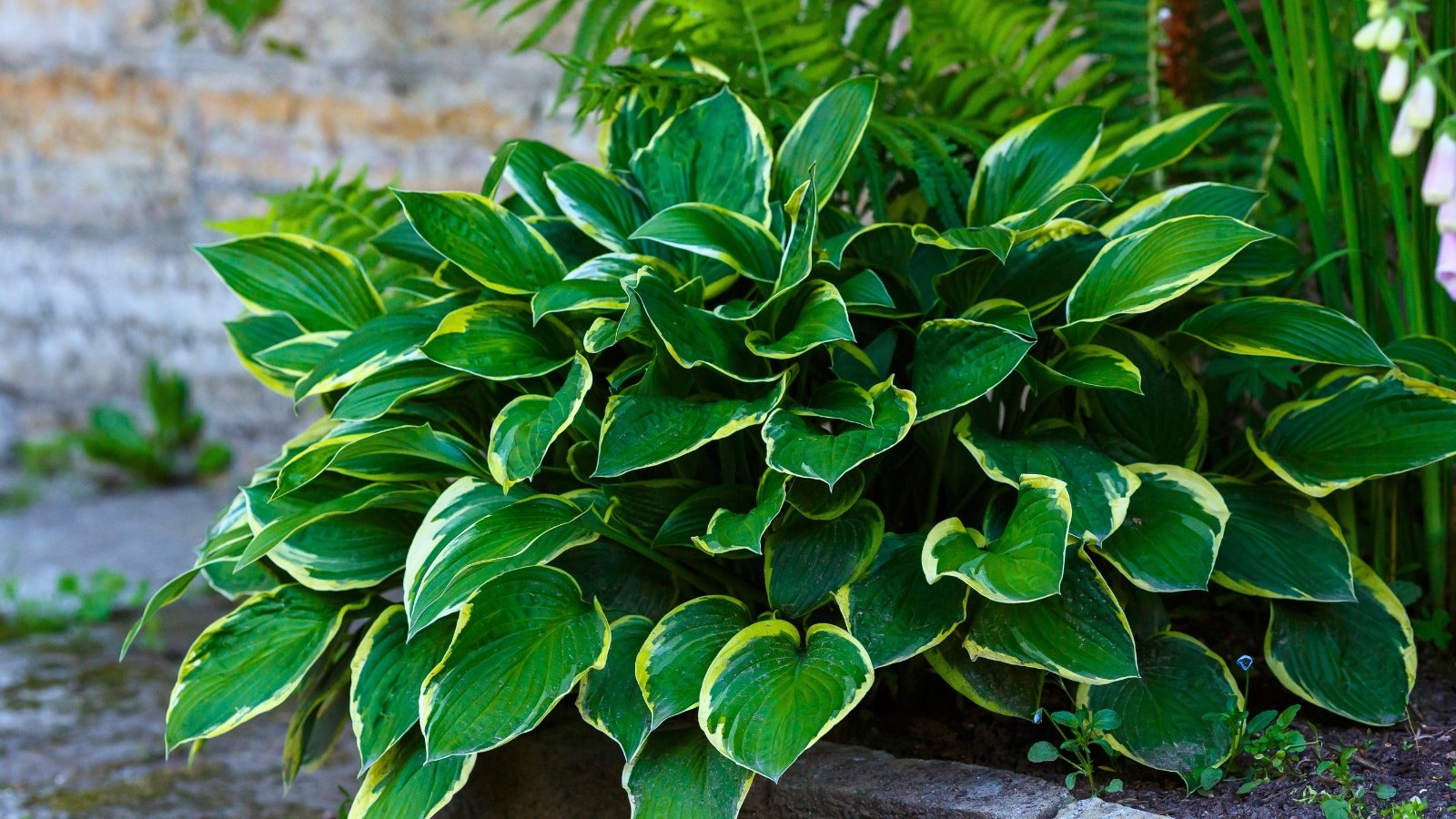 Some varieties turn yellow in fall.
Some varieties turn yellow in fall.Hostas are primarily famous for their stunning, colorful foliage that emerges in spring, though many varieties turn yellow in the fall! These perennials are cold-hardy and shade-loving, making them superb candidates for home gardens.
Find hostas with green, blue, and yellow leaves. Some have white margins, and others feature lime-yellow variegation. They do have blooms, though they’re less stunning than the foliage. They’re small and white; tuck them into bouquets to spruce up the arrangements.
Hybrid Peony
 Leafy fronds turn from green to red.
Leafy fronds turn from green to red.Hybrid peonies emerge from the cold soil in spring with lacy green foliage. Their giant blooms open up in spring, and many hybrids continue flowering until the first frost in autumn. Then, their leafy fronds turn from green to various hues of black-raspberry red.
Peonies grow well across the states. They stay dormant underground when snow and ice are prevalent in winter. Then, they sprout for the growing season. Give them space to widen each year, and divide them after three or more years of healthy growth.
Little Bluestem ‘The Blues’
 Blue blades turn red as seasons change.
Blue blades turn red as seasons change. Grasses are some of the most stunning of all perennials. Their seed pods, flowers, and lush foliage create magnificent presentations. ‘The Blues’ is a cultivar of little bluestem grass, a U.S. native plant that grows wild on grasslands and meadows.
‘The Blues’ sprouts distinct, blue-tinged green blades in the spring. As fall arrives, they turn fiery red and burnt orange in response to the cold. The blades die back in winter and sprout anew the next spring.
Maiden Grass ‘Graziella’
 Choose a cultivar that is not invasive.
Choose a cultivar that is not invasive. Maiden grass is invasive in many regions of the U.S., and it’s best to choose a cultivar of it to grow, like ‘Graziella.’ This variety has a low seed set to prevent unruly spreading, and it features more color-changing properties than most other types.
If you’re worried about the spreading properties of maiden grass, consider a native alternative. Choose species like pink muhly grass, switchgrass, or little bluestem.
Pigsqueak
 Glossy foliage turns various hues of purple, red, and orange with frost.
Glossy foliage turns various hues of purple, red, and orange with frost.Pigsqueak is a funny name for a unique color-changing perennial! It receives its name because of the squeaking sound its leaves make when you rub them together. Try it yourself to see; it’s not hard to do, and the leaves are tough and tolerant of it.
Many pigsqueaks offer a wide array of options for your home garden. Most have deep green, glossy foliage that turns various hues of purple, red, and orange with frost.
Sensitive Fern
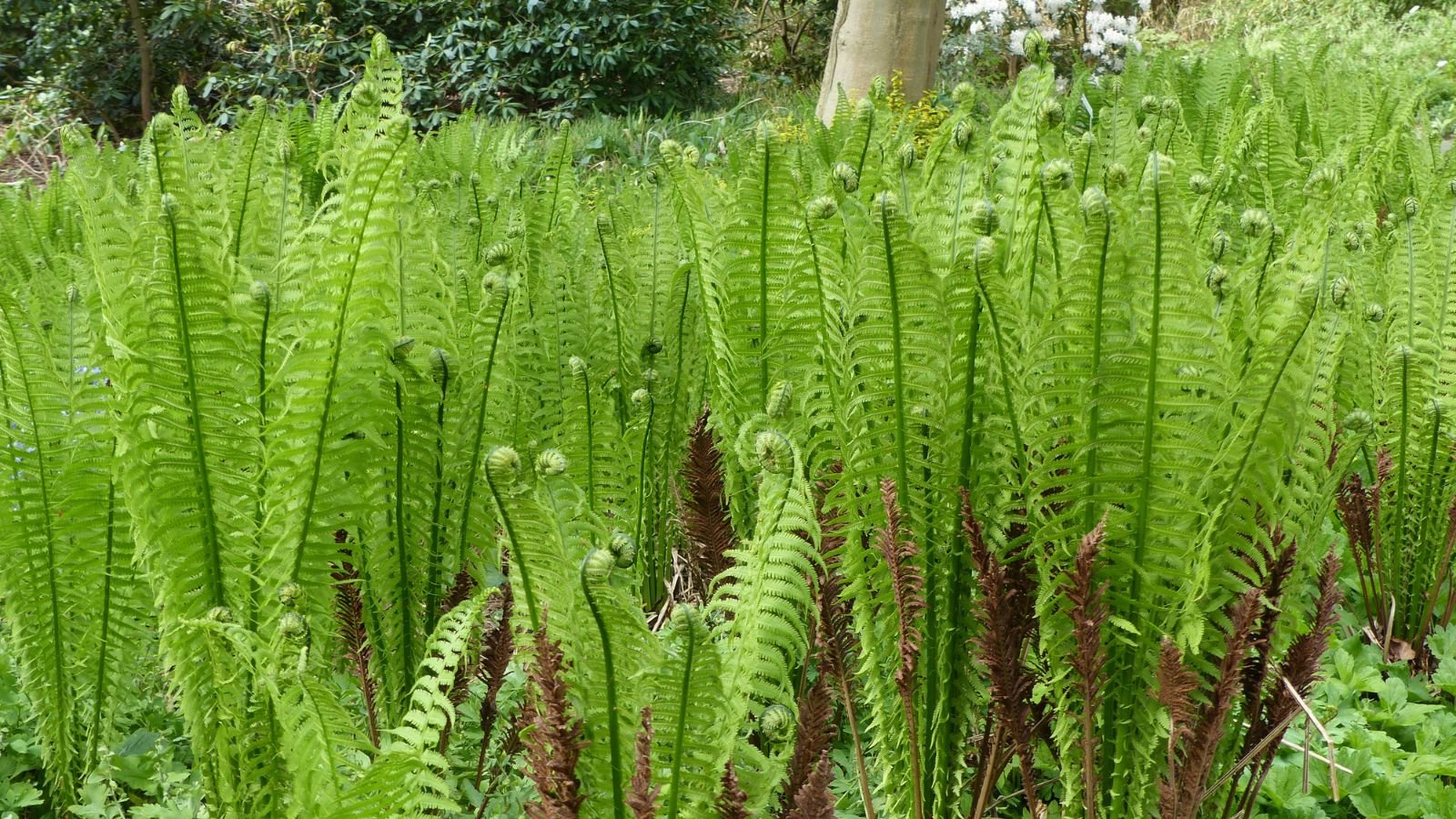 The fronds turn from yellow to brown with cold.
The fronds turn from yellow to brown with cold. Sensitive fern is sensitive to cold! That’s where it gets its name from. As soon as a frosty night arrives, the fronds turn from yellow to brown. They’re green in the spring and summer, and they change to yellow in autumn.
Sensitive fern is also sensitive to droughts and dry weather. Keep the roots consistently moist, and ensure the plant stays safe from harsh winds during the growing season. Though the fern is sensitive, its stunning foliage is well worth the effort of growing it.
Shining Blue Star
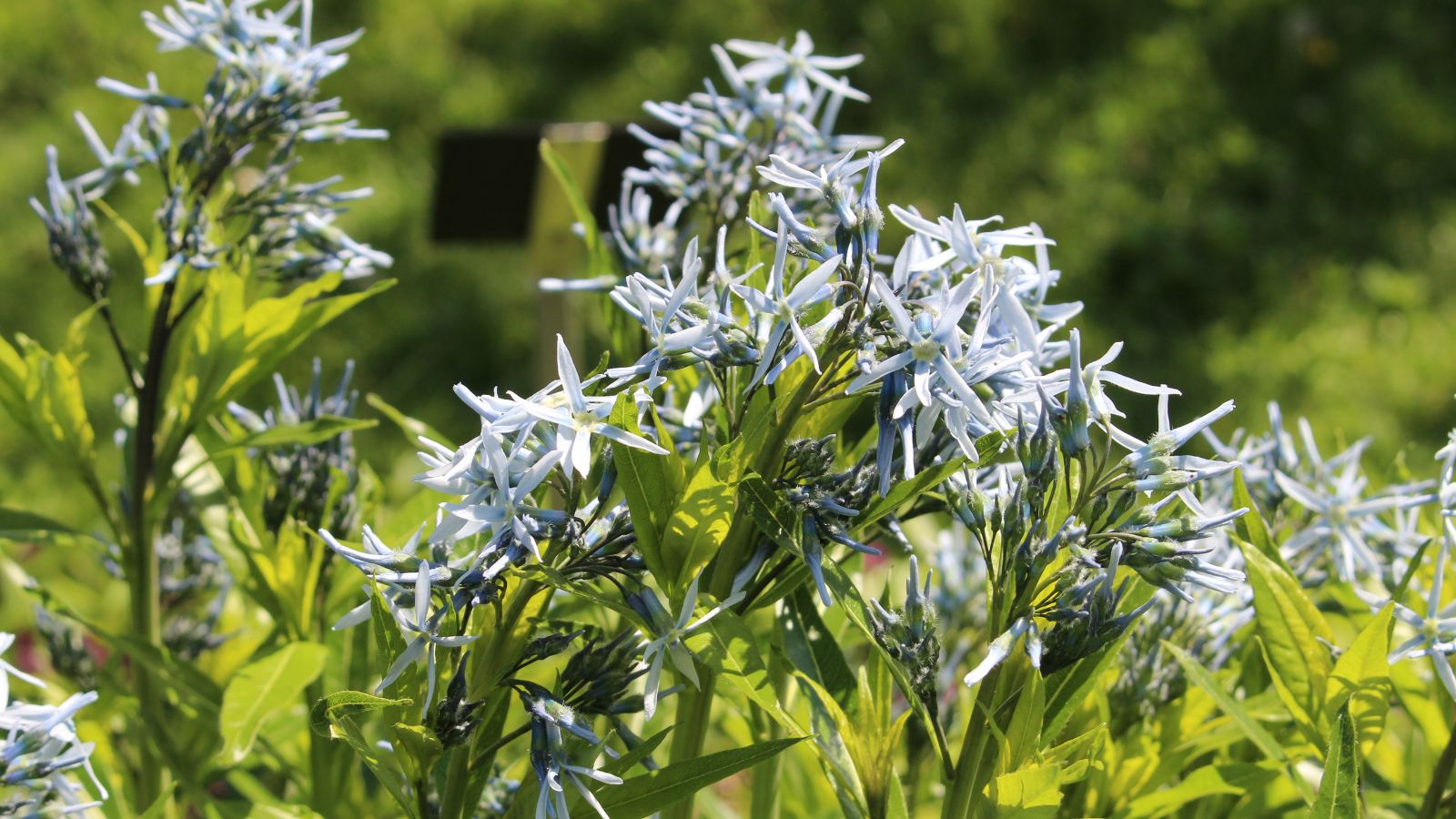 This species has some of the most colorful foliage of all perennials.
This species has some of the most colorful foliage of all perennials.Like the Arkansas blue star, the shining blue star has some of the most colorful foliage of all perennials! Its needle-like blades turn golden with the kiss of frost. Early spring sees the arrival of blue-white flower clusters all over the plant.
Shining blue star deserves a spot in the perennial garden, and it also works well for lining pathways and borders. Give it some mulch at summer’s end to protect its roots from frost.
Switchgrass ‘Shenandoah’
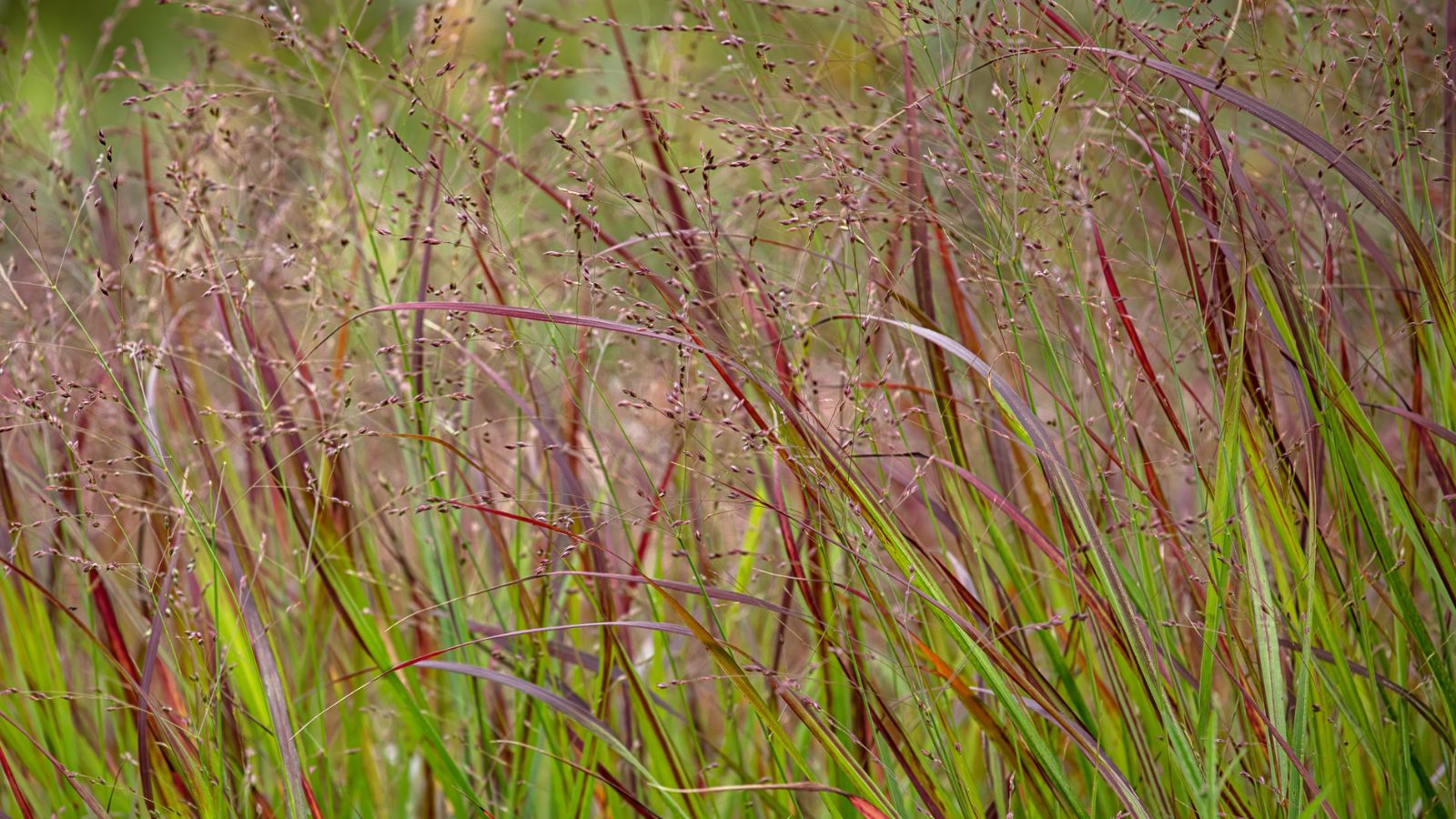 Watch in autumn as the foliage turns burgundy red.
Watch in autumn as the foliage turns burgundy red.Rounding out our list of stunning color-changing perennials is the wondrous ‘Shenandoah’ cultivar of switchgrass. It’s a true beauty! This grass is native to the U.S. It fills wild spaces with green leaf blades that gain a blue hue in the summer.
Watch in autumn as the foliage turns burgundy red alongside the seed heads. The two will dance together in the wind for an incredible effect in the landscape.


 10 hours ago
3
10 hours ago
3



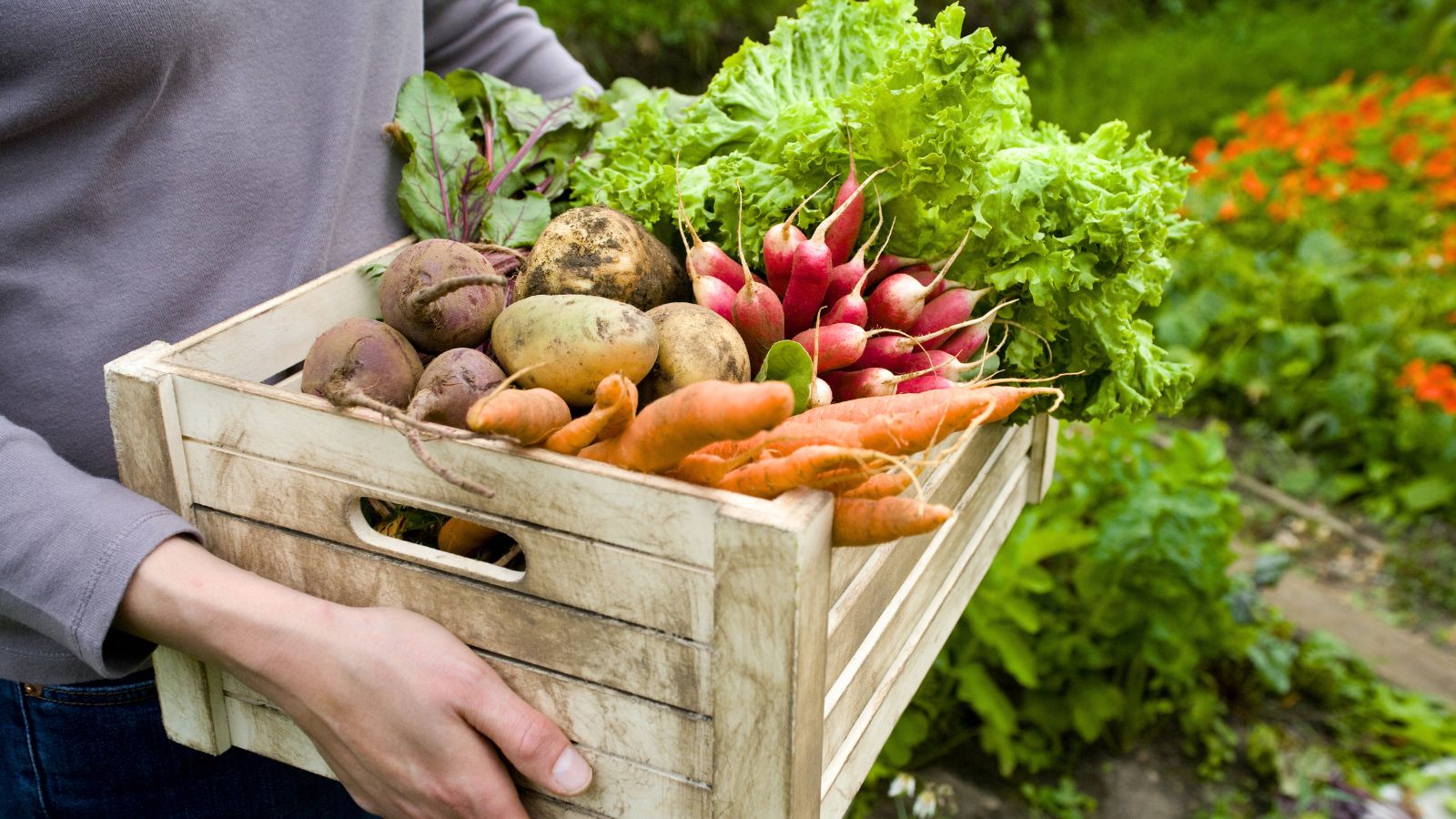


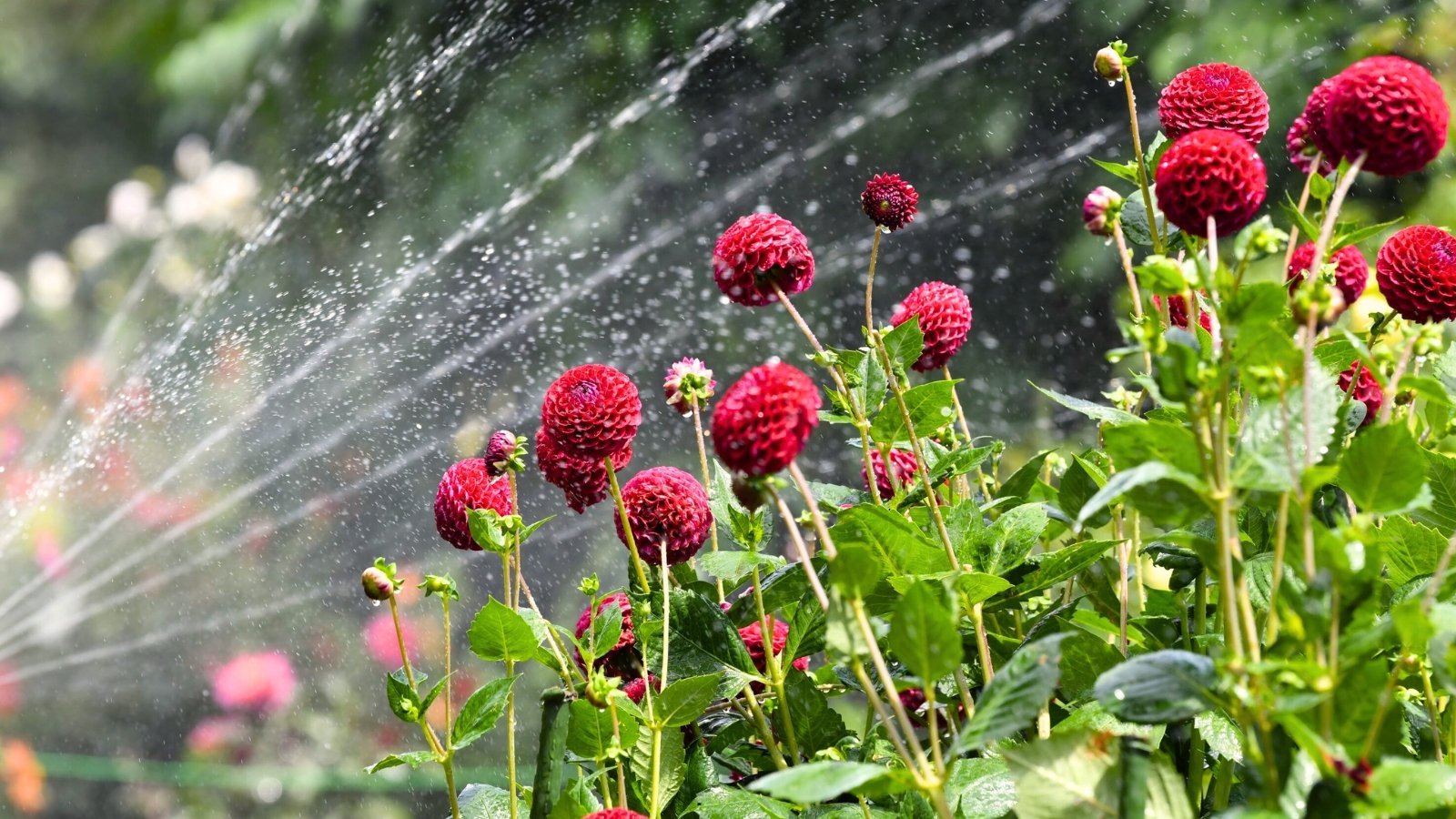














 English (US) ·
English (US) ·  French (CA) ·
French (CA) ·